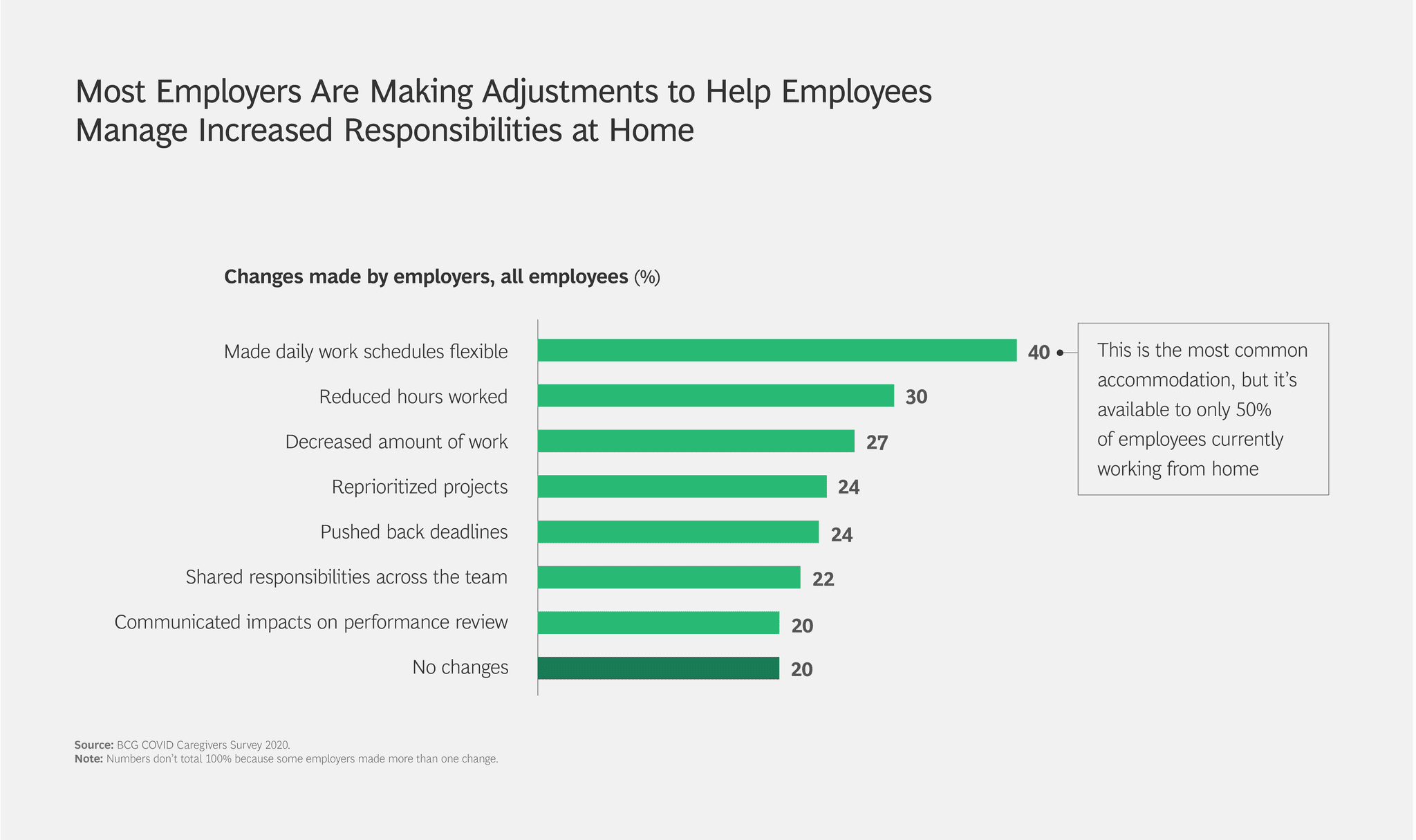AUG 2020, Vol 17, Issue 8
Overview
- Returning to the Workplace
- Employees are Teachers, Babysitters and Housekeepers
Returning to the Workplace
As businesses return to a new normal and employees return to offices, it’s important that everyone understands that there should be some basic rules in place. Keep in mind that as an employer, owner, manager or supervisor, you set the standard and should lead by example.Not everyone has the same comfort level about leaving their home or being in contact with others.
In previous issues we provided guidelines for preparing the workplace for returning employees and upon request we can resend this helpful information. Based on some situations that have occurred recently, we would like to provide you with some tips from the CDC to help you protect not only your employee’s health but the health of your company.
Actively encourage sick employees to stay home. Develop policies that encourage sick employees to stay at home without fear of reprisals, and ensure employees are aware of these policies.
Have conversations with employees about their concerns. Some employees may be at higher risk for severe illness, such as older adults and those with chronic medical conditions. Keep in mind that many employees wouldn’t feel comfortable telling their employer that they don’t feel safe at work or that if their boss came into their office or cubicle with or without a face covering, that it was too close for their comfort level. If you need to meet face to face, use a conference room that is large enough to keep six feet away from each other and wear a face covering for their safety and yours.
Develop other flexible policies for scheduling and telework (if feasible) and create leave policies to allow employees to stay home to care for sick family members or care for children if schools and childcare close.
Talk with companies that provide your business with contract or temporary employees about their plans. Discuss the importance of sick employees staying home and encourage them to develop non-punitive “emergency sick leave” policies.
Promote etiquette for coughing and sneezing and handwashing. Provide tissues, no-touch trash cans, soap and water, and hand sanitizer with at least 60% alcohol.
Plan to implement practices to minimize face-to-face contact between employees. Actively encourage flexible work arrangements such as teleworking or staggered shifts and meetings via technology even when everyone is back in the workplace.
Perform routine environmental cleaning. Routinely clean and disinfect all frequently touched surfaces, such as workstations, countertops, handrails, and doorknobs. Discourage sharing of tools and equipment.
Consider the need for travel and explore alternatives. Check CDC’s Travelers’ Health for the latest guidance and recommendations. Consider using teleconferencing and video conferencing for meetings, when possible.
Provide education and training materials in an easy to understand format and in the appropriate language and literacy level for all employees, like fact sheets and posters.
If an employee becomes sick while at work, they should be separated from other employees, customers, and visitors and sent home immediately. Follow CDC guidelines for cleaning and disinfecting areas the sick employee visited.
For more tips and information See the CDC Interim Guidance for Businesses and Employers and the OSHA Guidance for Preparing Workplaces for COVID-19pdf iconexternal icon.
- - - -
Employees are Teachers, Babysitters and Housekeepers
As states make recommendations for school districts to determine how to begin the upcoming school year, we need to be prepared for potential remote learning either with hybrid learning or full time remote learning to stop the spread of COVID-19. During this time, employers need to be prepared for how it will impact their workforce while their employees need to consider their child’s needs for structure, education, exercise, social contact, emotional well-being and appropriate leisure time.
Considerations for Employers
Parents have taken on the additional roles of teacher, babysitter and housekeeper on top of their regular jobs. It isn’t sustainable for parents and as a result they may be spending nearly the equivalent of an extra full time job. To date, parents are making it work because they have no other choice, but it’s causing mental stress and lack of sleep.
The struggle for parents to balance careers and caregiving was a huge issue even before the pandemic. Even for the best employees, trying to juggle child care and work can result in a lag in productivity on the job. During a typical year, employers lose about $13 billion in potential earnings, productivity and revenue due to inadequate child-care resources, according to a 2019 report from the Council for a Strong America.
Some larger companies like Google and Microsoft have taken the initiative to do more for their employees such as provide four to eight weeks additional leave on top of the Families First Coronavirus Act, to take care for their children. Others are setting up classrooms with a teacher in their office building to handle remote learning for the children of their employees. We also know that smaller organizations don’t have the capability or bandwidth to provide these types of additional benefits, so what can smaller employers do? It’s important that they do what they can to support their employees, more so now than ever before. Employers should consider doing something to help them manage, potentially offering an Employee Assistance Plan (EAP) that could provide them support with finding childcare, counseling and resources to help them navigate and balance their families’ lives, as well as continuing to allow employees more flexible work schedules and deadlines. Below is a recap of Boston Consulting Group’s COVID Caregivers survey that provides an overview of how employers are providing flexibility to alleviate burden on working parents.
Contact HR Strategies staff at 302.376.8595 or info@hrstrategies.org if you would like support or would like to learn more about the items in this newsletter. Please contact us if you would like to be removed from our Monthly Strategies mailing list or if you would like for us to add someone to our mailing list.


